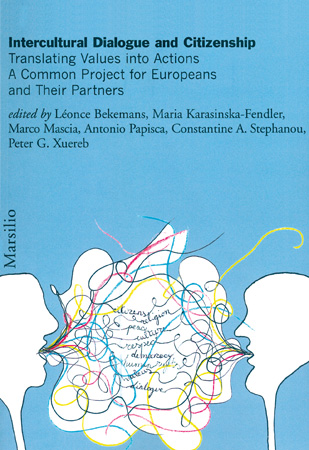Collections

Violence in Religions?
Giuseppe Grampa (2007)
- Contained in
- Intercultural Dialogue and Citizenship
- Pubblication type
- Articolo / Saggio
- Pages
- 641-650
- Language
- EN
Fanaticism (from Latin: fanum, sacred site) is a pathology peculiar to religions, that seizes and uses divinity according to a religion’s particular plan. Fanaticism is a disease that marks human history. Today religions are expressed with a renewed and dramatic strength.
Our essay strives to explore six ways to stem fanaticism.
The first is through dialogue the Catholic Church has opted for, especially following the Vatican II Council. The second is to respect the transcendence of God, assuming God will never be something which man or power can dispose of. The third is through the symbolic language of religious experience which does not claim to exhaust the Immense Object and then to appropriate it. The fourth consists in respecting the freedom of consciousness. By its very nature, the phenomenon of fanaticism is a collective and mass phenomenon that arises from critical judgement of consciousness that is submerged by social pressure. Undoubtedly, to have a personal consciousness is a valuable means of opposing fanaticism. The fifth lies in the distinction between political power and religion. The respect of the autonomy of political life avoids theocratic schemes that often prove to be fanatic. Politics inspired by laicity does not use religion for its interests and is not expected to be totalitarian; it recognises the very role of consciousness and religious values. The sixth and last way is to refuse whatever form of violence, in particular resorting to war in order to resolve conflicts. The Christian consciousness has come a long way in acknowledging that both ethical and holy wars do not exist; and only peace is holy.

